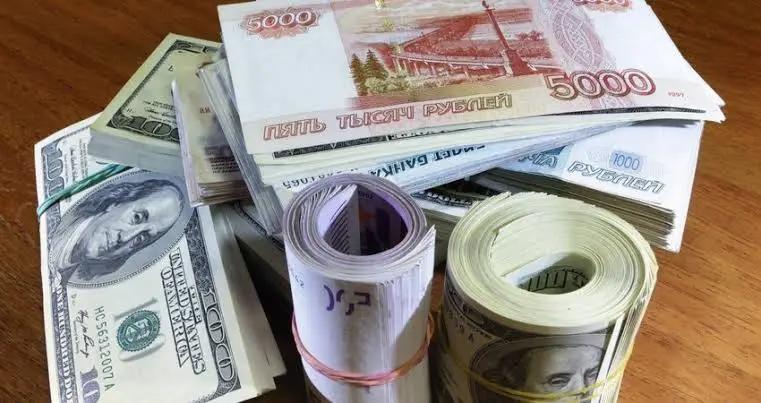
Published
02/25/2025, 10:22On 24 February 2025, the Board of the National Bank of the Kyrgyz Republic made a decision to keep the discount rate (key rate) at the level of 9.00 percent. The decision comes into effect from 25 February 2025.
Due to the openness of the economy of the Kyrgyz Republic, changes in the external environment (both in the global economy as a whole and in the region) continue to be the main factors determining price dynamics in the country. World prices in food markets in recent months demonstrate upward dynamics, while international financial markets and world markets of raw materials remain highly volatile due to persisting geopolitical factors. In some countries - trading partners of the Kyrgyz Republic inflationary processes continue to develop at a relatively high level. In general, the geopolitical situation in the world causes ambiguity of foreign economic trends, including further trajectory of world inflation.
In the Kyrgyz Republic, economic activity continues to expand mainly due to activity in the services and construction sectors. In January 2025, real GDP growth compared to January 2024 was 10.6 per cent (9.0 per cent in 2024). Sustainable domestic demand is supported by growth of real incomes of the population, net inflow of remittances of individuals into the country and increase in consumer lending in the banking sector.
Inflationary background in the Kyrgyz Republic remains moderate - inflation since the beginning of the year amounted to 1.5 percent, while in annual terms - 6.9 percent2. The non-food component of inflation demonstrates a slowdown in the rate of price growth, at the same time the price dynamics of food products and services remains moderate, reflecting the impact of secondary effects of earlier inflation factors (including from the increase in administered prices and real wage growth).
Supported monetary conditions contributed to the stability of the interbank money and foreign exchange markets, thus ensuring the purchasing power of the national currency. Lending to the real sector of the economy continued. The loan portfolio of commercial banks for 2024 increased by 32.2 per cent and amounted to 340.7 billion KGS. At the same time, the interest rate policy of the National Bank contributed to keeping the deposit rates of banks attractive, which ensured the inflow of households' funds into the banking system. The total deposit base of banks in 2024 increased by 37.3 per cent to 592.4 billion KGS. Commercial banks have excess liquidity, the level of which is actively regulated by monetary instruments of the National Bank in order to ensure the equilibrium volume of money supply in the economy.
Foreign economic conditions due to geopolitical factors remain ambiguous and are characterised by high uncertainty. At the same time, the impact of internal factors (planned revision of the state tariff policy and continuing domestic demand) on the price dynamics is estimated to be moderate. With this in mind, it was decided to maintain the size of the National Bank's discount rate at the level of 9.00 per cent, which will make it possible to keep inflation within the medium-term target values of 5-7 per cent.
The National Bank will continue to assess the emerging external and internal economic conditions and will adhere to a balanced approach in conducting monetary policy. In case of any risks to price stability, the National Bank does not exclude the possibility of making adjustments to the monetary policy.
The next scheduled meeting of the Board of the National Bank on the size of the discount rate will be held on 28 April 2025.



